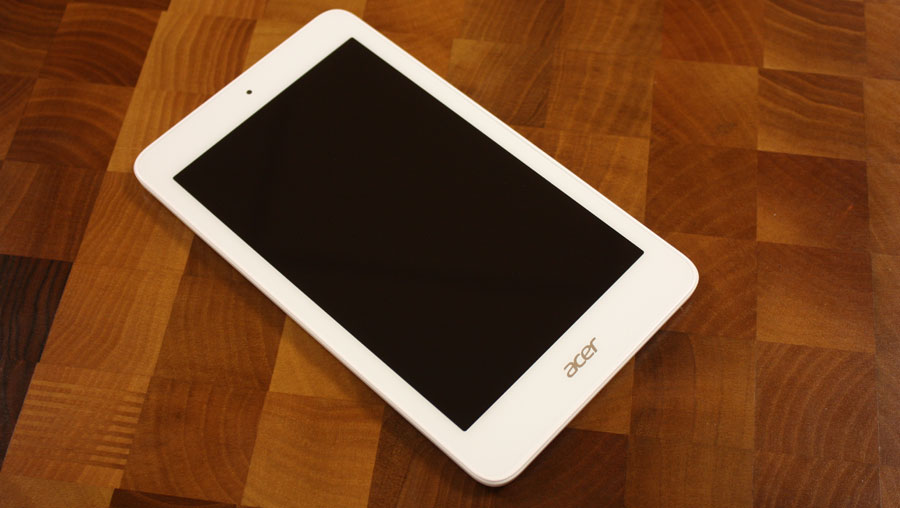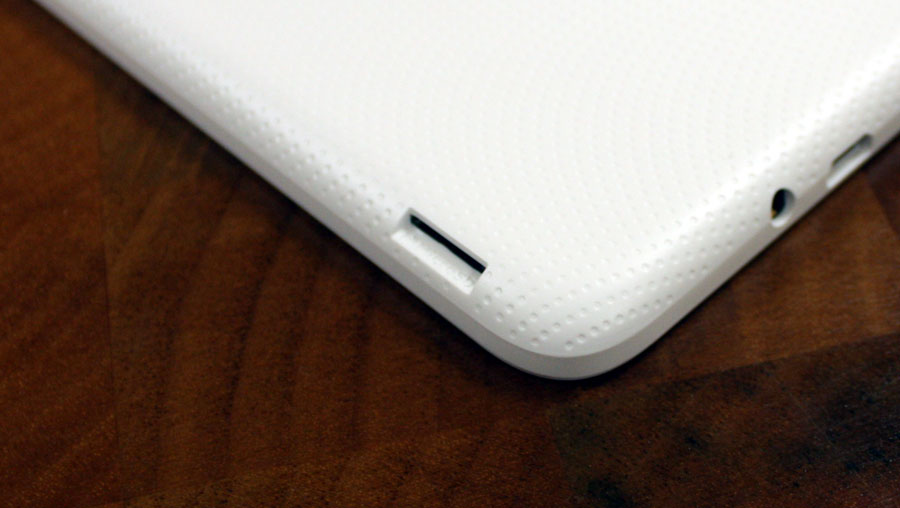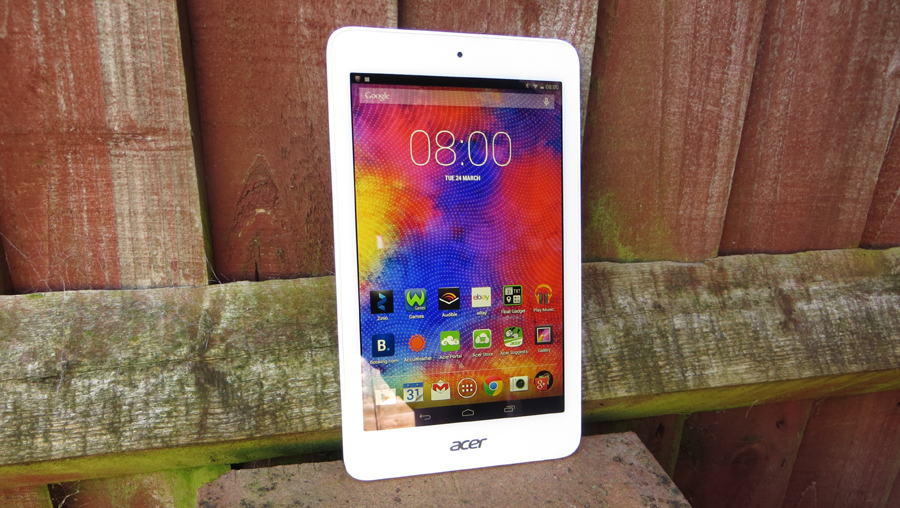Why you can trust TechRadar
You can't expect a fully-packed powerhouse for less than £100, but the Acer Iconia One 7 manages to fit in an adequate specification for the money.
The HD screen is punchy and bright, and while it may only pack a pixel density of 216ppi, the 1,280 x 800 resolution IPS LCD screen has reasonable colour reproduction. There are tablets at this end of the price spectrum that hold their own against more expensive tablets when it comes to resolution – at just £30 more, the Tesco Hudl 2 crams in a hugely impressive 1,920 x 1,200 resolution screen – but the One 7 isn't among them.

Pictures and videos look OK on screen, helped by extra processing coming from Intel's Smart Video mode that aims to reduce noise and eliminate artifacts when playing back lower-quality interlaced videos.
Where power is concerned, the Acer Iconia One 7 packs plenty of punch for such a low-priced tablet. Powered by Intel's Atom Z3735G quad-core processor, which is clocked at 1.33Ghz, it's the same series of processor found in a series of full-fat Windows 8.1 tablets such as the very well priced Linx 7 we looked at back in December.
As it is running the comparatively lean Android 4.4 KitKat, this Atom processor flies through all the tasks I threw at it without a hint of slow-down, despite having "only" 1GB of RAM.
The internal storage capacity of 16GB is the bare minimum you would hope to find in a tablet in 2015, though some other manufacturers are still trying to make do by equipping only 8GB, so kudos to Acer for not being a total cheapskate. Further storage can easily be added via microSD cards up to 32GB, affording a plenty of extra storage for media and more.

Extras include a distinctly average set of speakers that certainly don't make it up to 11, WiFi up to N standard, Bluetooth 4.0 and a GPS chip – a welcome addition often left out of budget tablets.
Android KitKat OS, while not being the most up-to-date version available, is new enough to be compatible with any app out there, including some of Google's newer features such as Android Wear support.
The operating system one the One 7 is as about as near to stock Android as you can get without it coming directly from Google and one of their Nexus devices, with only a few minor alterations. Notifications can be reached by swiping down from the top left of the screen, while an assortment of quick settings can be accessed by swiping from the top right corner.
Discounting the mountain of pre-installed apps (more on this later), Acer has included a couple of additional features in the settings menu. There's a basic on/off toggle for Intel Smart Video (as mentioned above), and a menu that enables Acer's Touch WakeApp.
Touch WakeApp is a theoretically handy feature found in recent Motorola phones, allowing you to wake the tablet from sleeping simply by double-tapping the tablet. It took a couple of attempts at enabling it before it actually started working, but when it did it worked with both light and heavy double-taps. However, it takes a moment for the screen to wake, and unfortunately this feature was so erratic, I ended up disabling.
There are five homescreens available, and seemingly no option to expand on this number. A number of widgets are pre-installed, but they're mostly from the additional apps. Other than Google's stock widgets, there is only a single Acer-branded widget, and this ties into their suggested apps app. It's small, non-resizable, and largely pointless.
Because of the lack of extra bells and whistles – otherwise known as bloatware – Android 4.4.4 runs smoothly and without hiccup, almost as Google had intended.
Current page: Key features and performance
Prev Page Introduction and design Next Page Benchmarks and battery life